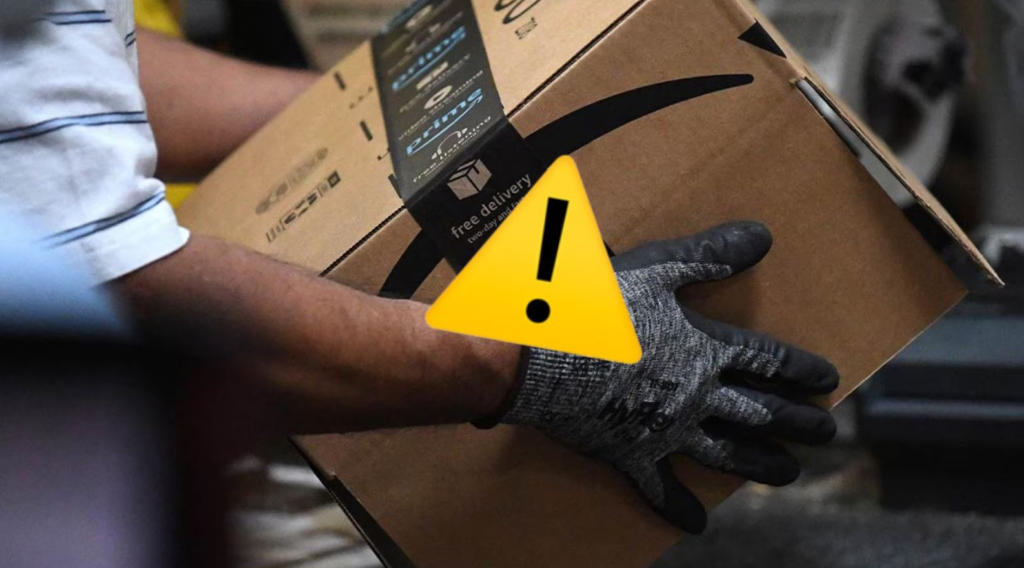In today’s digital age, scams are becoming increasingly sophisticated, and the USPSKC Package Delivery Scam is a prime example. This scam preys on unsuspecting individuals, causing financial loss and personal distress. In this article, we will explore the details of this scam, how it operates, and what you can do to protect yourself.
Understanding the USPSKC Package Delivery Scam
What is the USPSKC Package Delivery Scam?
The USPSKC Package Delivery Scam is a fraudulent scheme where scammers impersonate the United States Postal Service (USPS) to trick individuals into providing personal information or paying bogus fees for package delivery. This scam typically involves fake emails, text messages, or phone calls claiming to be from USPS.
How the Scam Works
Scammers send messages that appear to be from USPS, stating that there is an issue with a package delivery. The message often includes a link to a fake website that looks like the official USPS site. Victims are then asked to provide personal information or make a payment to resolve the issue.
Identifying the Scam
Red Flags to Watch Out For
- Unsolicited Communication: Be cautious of unexpected messages about package deliveries, especially if you are not expecting a package.
- Urgency and Threats: Scammers often create a sense of urgency, threatening that your package will be returned or destroyed if immediate action is not taken.
- Suspicious Links: Check the URL of any links provided. Scammers often use URLs that mimic official sites but have slight differences.
Examples of Scam Messages
- “USPS: Your package delivery is on hold. Click here to resolve the issue.”
- “USPS: Immediate action required for package delivery. Provide your details to proceed.”
Protecting Yourself from the USPSKC Package Delivery Scam
Verify Before You Act
Always verify the authenticity of any message before taking action. You can do this by:
- Contacting USPS Directly: Use the official USPS website or customer service number to check the status of your package.
- Checking the Sender’s Information: Look for signs that the message might be fake, such as misspellings or unofficial email addresses.
Do Not Share Personal Information
Never provide personal or financial information in response to unsolicited messages. USPS will never ask for sensitive information via email or text.
Report Suspicious Activity
If you receive a suspicious message, report it to USPS and the Federal Trade Commission (FTC). Reporting helps authorities track and stop scammers.
Steps to Take if You’ve Been Scammed
Contact Your Bank
If you provided financial information, contact your bank immediately to secure your accounts and prevent unauthorized transactions.
Monitor Your Credit
Keep an eye on your credit reports for any unusual activity. You can request a free credit report from each of the major credit bureaus annually.
Report the Scam
Inform USPS and the FTC about the scam. Providing details can help these organizations take action against the scammers.
Case Studies
Real-Life Examples
Several individuals have fallen victim to the USPSKC Package Delivery Scam. One victim reported receiving an email about a delayed package and ended up providing their credit card information. They soon discovered unauthorized charges on their account.
Lessons Learned
These cases highlight the importance of skepticism and verification. Always question unsolicited messages and verify their authenticity through official channels.
Future Implications
Evolving Tactics
As technology advances, so do the tactics of scammers. It’s essential to stay informed about new scam methods and continuously educate yourself on how to stay safe.
Increased Awareness
Raising awareness about scams like the USPSKC Package Delivery Scam can help reduce the number of victims. Share information with friends and family to help them avoid falling prey to such schemes.
Conclusion
The USPSKC Package Delivery Scam is a reminder of the importance of vigilance in today’s digital world. By staying informed and cautious, you can protect yourself from falling victim to such fraudulent schemes. Always verify the authenticity of messages, never share personal information with unknown sources, and report any suspicious activity to the authorities.

